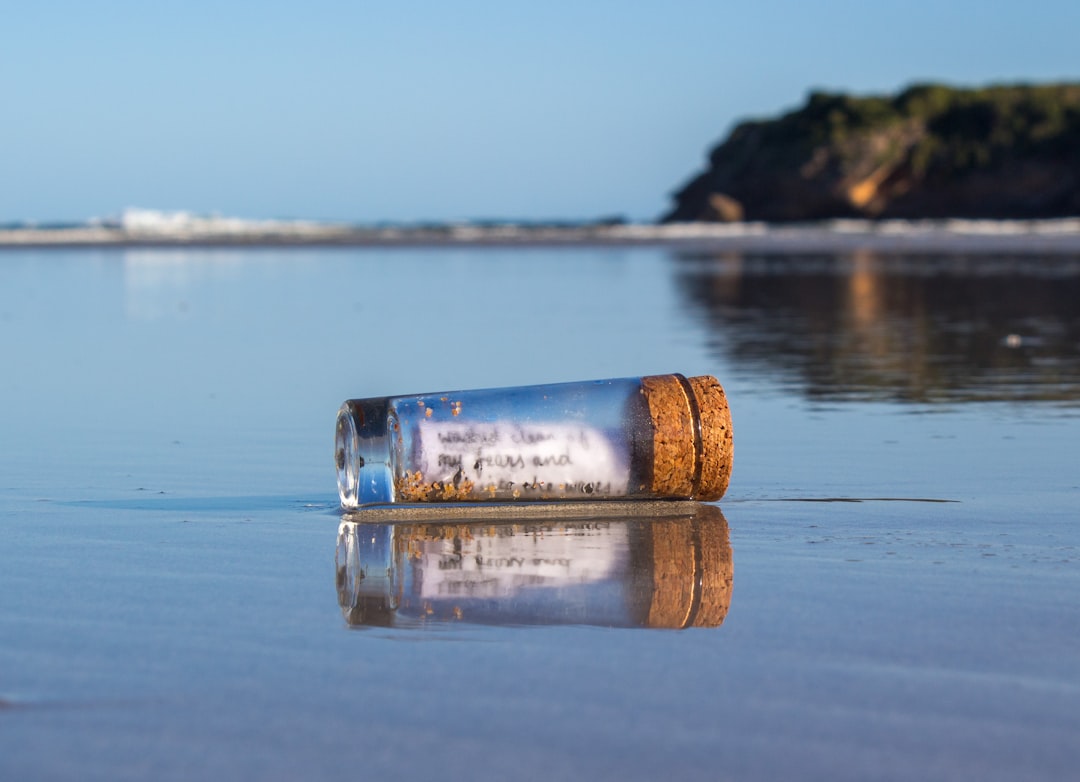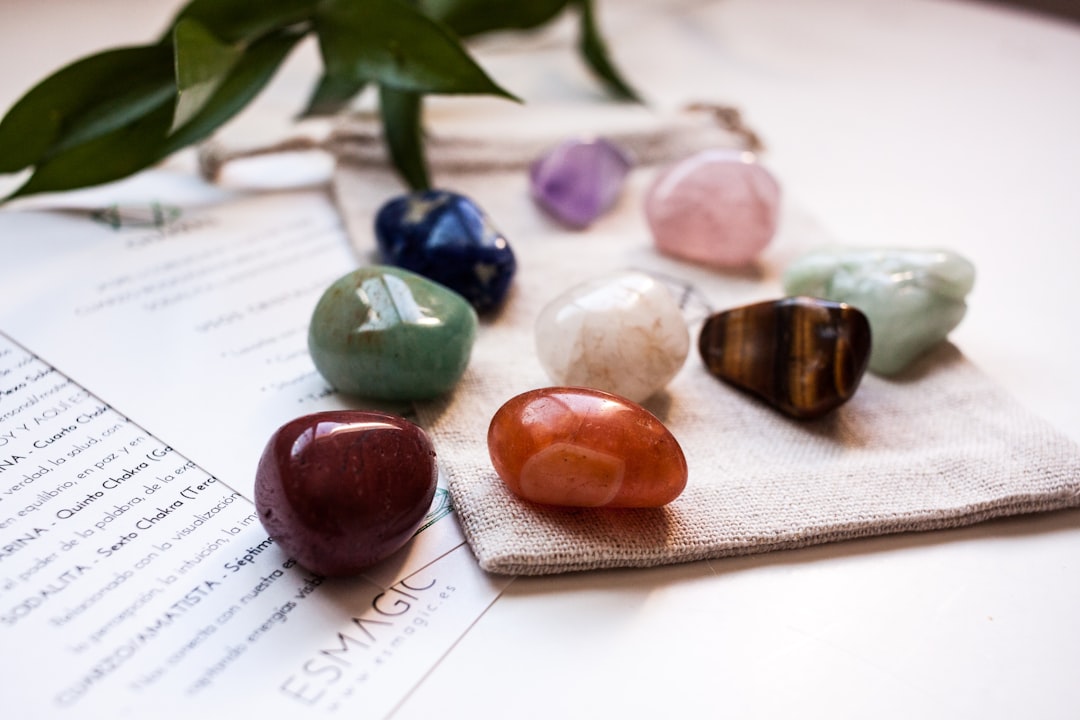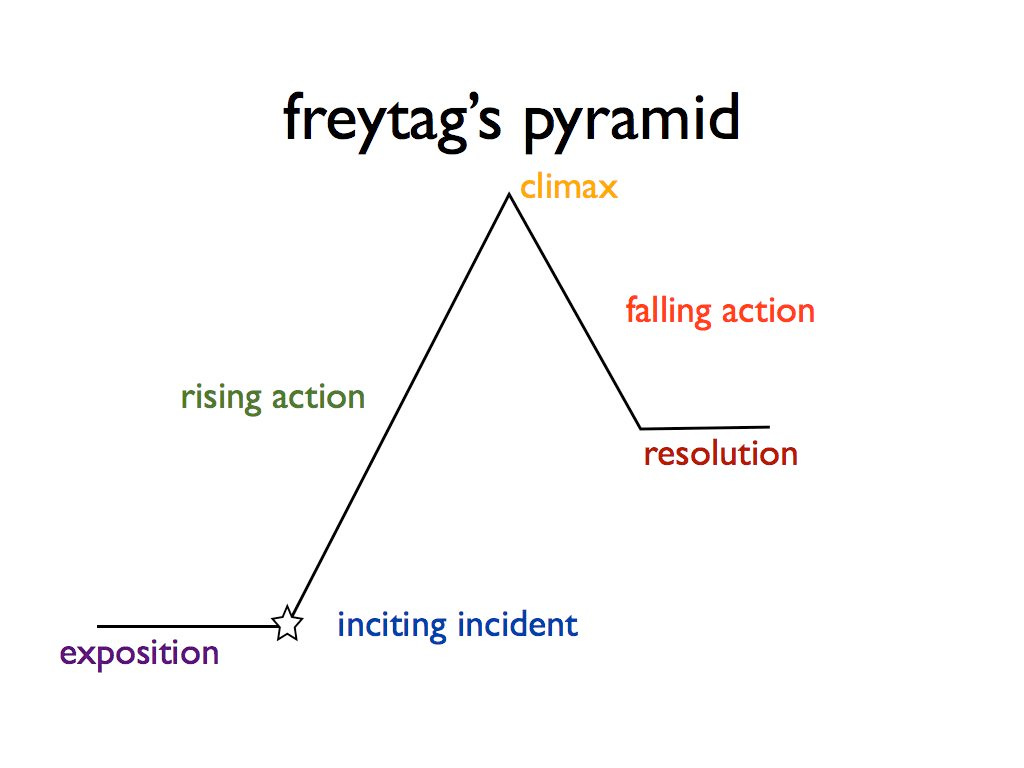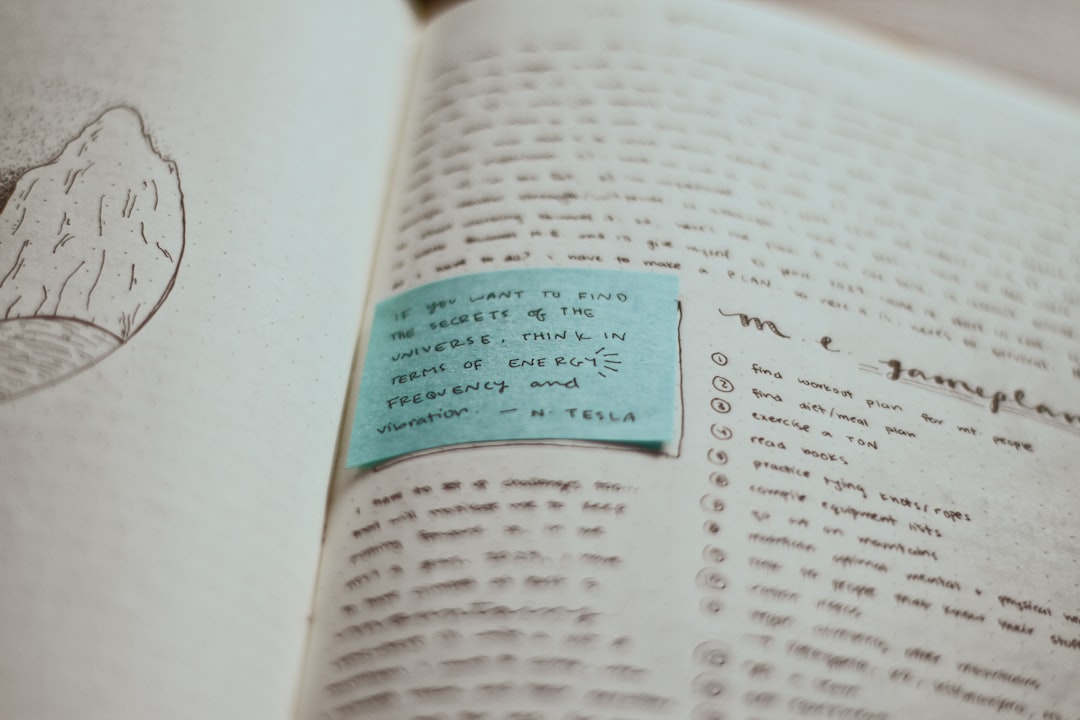It’s three weeks into the new year and I’m still on holiday! As promised, I’ve taken time out from leisure to prepare a dispatch from The Cave.
In the last issue of The Raptorial, I mentioned that for me The Cave (that I fear to enter) was one of writerly fears, but more accurately, it is the fear of living with greater intention, which encompasses, but is not limited to, greater intention as a writer. Why the fear? I guess being more intentional comes with taking ownership of stuff (all the stuff), daring to dream, and trusting not only in the possibilities of the dream, but also the path(s) to achieving it.
I entered The Cave by taking long service leave, having a break from Instagram, and with the exception of time off while camping, maintaining the following daily practices: a 30-day Yoga Journey with Adriene, the Building Healthy Habits Challenge on Insight Timer, and working on my novel. In the case of the last, ‘working’ has, at times, involved simply thinking, and at other times, not thinking but simply being and allowing my subconscious to go to town between sessions of thinking, writing, and planning.
9 treasures I’ve unearthed by being intentional
Authentic writing requires the author on the page (even in fiction).
I’ve resolved a long-standing internal conflict by making my novel’s protagonist and a couple of its supporting characters Ethiopian, and shifting the location of key narrative threads from Vietnam to Ethiopia. These changes haven’t changed the essence of what happens, but they’ll enable me to more readily draw on lived experience and as a result, create authentic, multi-dimensional characters. By ‘authentic’ I mean emotionally honest, a craft I am studying through The Writer Laid Bare: Mastering Emotional Honesty in a Writer’s Art, Craft and Life (2022) — check out this recording of the author, Lee Kofman, in conversation with Australian Writer Centres’ Valerie Khoo.
Courage begets courage.
Leading up to a 3-night camping trip with my son last week, I’d been riddled with anxiety about the prospect of camping without another adult. The only other time we’d camped, it was with a friend and her children, and I had a lot of help, particularly in setting up the tent. As a novice, I hadn’t even thought to take a hammer!
With the booking made and the days inching closer to the inevitable, my worries intensified, but once on site, parenting responsibility and the desire to have shelter for the night overrode the paralysis of fear. I unloaded the car, go out the tent pegs and hammer (lesson learnt), lay the tarp and gave it a go. And I did it!
Me being me, I timed myself to get a feel for how long it’d take next time. After 1 hour, 30 minutes we had shelter and by the 2 hour, 10 minute mark, a comfortable home complete with dining table, chairs, and food within reach.This major accomplishment made me feel competent and courageous in all the other campy things I had to do, such as lighting the Trangia, improvising a kitchen sink, and regulating tent temperature. This new found competence and courage also allowed me to relax, knowing I had it in me to pack it all up at the end of our trip.
We both enjoyed the trip so much that when we checked out, I booked 5 nights at the same site for the same time next year! How else to beat my PB for set up?Doing nothing is good, even necessary.
A focus on word count at an early stage is misplaced.
It is easy to fall into the trap of using word count as a measure of productivity and evidence of progress. Obviously, there comes a time when 100,000 or so words need to land on the page, but at the stage I’m at, I’ve discovered, with the help of Matt Bell’s Refuse to be Done: How to Write and Rewrite a Novel in Three Drafts (2022), that less is more. Upon entering The Cave, I had roughly 10,000 words (prologue and three chapters) but I changed tack and retyped/rewrote Chapter 1 and am now pausing the writing to finesse the broader story outline before retyping/rewriting Chapter 2, refining the outline again, and repeating the process for the next chapter.
Approaches to narrative structure are guides, not shackles.
My left-brained, analytical side gets me caught up, and confused, by the different approaches to developing a story to create escalating stakes, convincing character arcs, clear causation and so on. I’ve now moved past the confusion by mapping my story outline to a range of schools of narrative structure, taking my seven turning points (prison, inciting incident, moment of awareness, midpoint, surrender, battle, resolution) and identifying where various archetypes, sections of Freytag’s Pyramid, and acts of a three act structure fall.
Having mapped my story against the different approaches, I can now readily apply the wisdom of each approach to my writing process with ease, picking and choosing whichever serves me best at the stage of writing I am at. For example, when developing character, my protagonist’s archetype (orphan, wanderer, warrior, martyr — based on Carol S Pearson’s The Hero Within (1986)) at a given turning point may be more useful than Freytag’s Pyramid.
Long after the head scratching involved in my mapping exercise, I found an excellent YouTube video (below) which does what I was trying to do, miraculously speaking to the relationships between each of the approaches I’d focused on.Nature does wonders for the mind, body, and soul.
I feel it is no coincidence that camping by a river for 3 nights resulted in:
regulating my bowel movements
breaking my period drought after an epic 54-day cycle
attaining a green belt in observing, rather than reacting to, triggers from my high-energy, boundary-pushing child — still a ways to go for black belt, but getting there!
feeling relaxed, even now, three days after returning — still a ways to go to homeostasis, but getting there!
Conquering a fear is exhilarating.
This is closely linked to treasure number 2. On our penultimate day at camp, I jumped in the swimming hole. This is not something I do even in the predictably solid, tiled vessel that is a swimming pool, much less in an opaque body of water with floating reeds, logs and unknown depths.
The day before conquering my fear, I’d tried and failed many times, psyching myself up but stopping in paralysis seconds before the jump. That day I’d also witnessed a little girl being goaded by her parents and older sister for a good 20 minutes — Jump in now, Angie, You can do it, It’s just like Brett and Sandy’s pool, You have to do it, C’mon Angie, Angie we’re going home, do it now, Just jump. My stomach knotted up listening to their barrage of imperatives and it took everything in me to not ask her family to stop because I got it, the fear is real and that pressure was not helpful. Fortunately for me, I only had my son saying Jump in mum, watch how I do it a couple of dozen times before I asked him to stop, and he did.
When I finally jumped, I made like a concrete boulder rather than the sprightly, agile acrobat I’d watched do it 34 million times. My head felt like it was going to explode after it smashed through the surface only to be met by a rush of gravity defying water that shot up my nostrils. But I did it! And my 8 year olds (inner child and literal child) were proud of me.Reading inspires writing.
I picked up a copy of Donna Tartt’s The Secret History (1992) in an op shop late last year. From its opening lines, it was clear it was the book I most wanted to read of all those in my tall TBR stack, which includes books that have been biding their time for years. I started it the day before our camping trip and it consumed every spare moment between bike rides, swims, meals, and flutters of tired eyelids in torchlight. I also discovered it was clearly the book I needed to read.
I am in awe of Tartt’s writing and character development — somehow I’m in love with Henry and care about Francis and the twins despite their being privileged, snobbish elitists and murderers to boot (not a spoiler — even the blurb states it). However, I haven’t really warmed to the narrator, Richard, and I too cannot stand Bunny, the friend they kill. Despite the big reveal at the outset, the story is riveting and has made me rethink the approach to my novel. I see scope to make it more character driven than its current formulaic plot focus. In part, this is a legacy of the writing courses (with the Writers’ Studio) through which I developed my story. For years I have experienced a cognitive dissonance between the literary (magical realist) novel I’d like to write and the genre fiction (thriller? crime?) that I have.Shifting energy is a choice, always.
On the first full day of camp (prior to attaining my green belt) there was a pivotal moment at the swimming hole when I was frustrated and angry. I was sitting on a rock, unable to focus on The Secret History while my son was in the moment, enjoying the cool water, having already moved on from our earlier interaction that still bothered me.
I knew that immersion in the river, during a heat wave no less, would flick a switch and stimulate my parasympathetic nervous system, yet I was holding so much resistance to it and was determined to exercise my INALIENABLE RIGHT to sit there and fume, DAMMIT! I made the conscious choice to remain angry.
With enough time (say 20 minutes) and a helpful debrief on the phone, I finally decided I couldn’t sit in anger anymore; after all, it was my holiday too!
What do you know? getting in the water made me feel better. I even had fun!
Raptorial Writes
A monthly writing prompt
Set a timer for 10 minutes and write. Create a list poem of things that make you smile.
I’d love to know how you go! Post your writing to Instagram using #RaptorialWrites, or feel free to share it in the comments here. Happy writing!
It was purely accidental (serendipitous?) to have stumbled on the Nikola Tesla quote in the image above. I had only intended to get an image with hand written lists but the quote ties in beautifully with the prompt and the general vibe of this issue.
If you want to find the secrets of the universe, think in terms of energy, frequency and vibration.
- Nikola Tesla
Raptorial Bites
A monthly short story book club
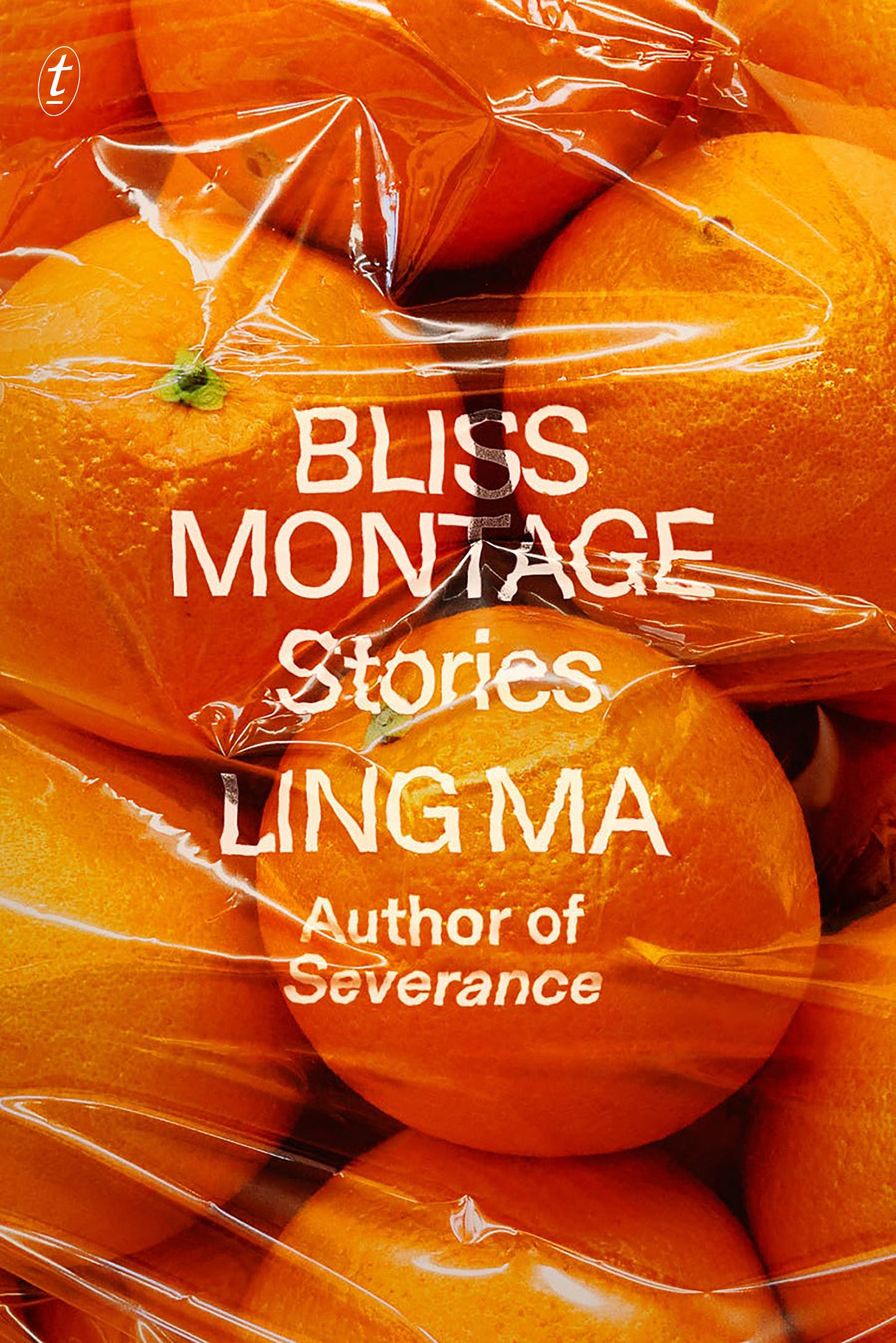
This month’s read is Ling Ma’s short story collection, Bliss Montage. I first came across her work during my stint of daily New Yorker fiction reading last year. I loved Peking Duck, which is included in this collection in a slightly different form, and couldn’t wait to read more.
If you can’t get your hands on the book at your fave bookstore or library, you can at least read one of the eight stories by looking up the digital copy of Peking Duck (hot tip: if you are not a New Yorker subscriber, you can access up to 6 stories per calendar month for free, so hop to it).


